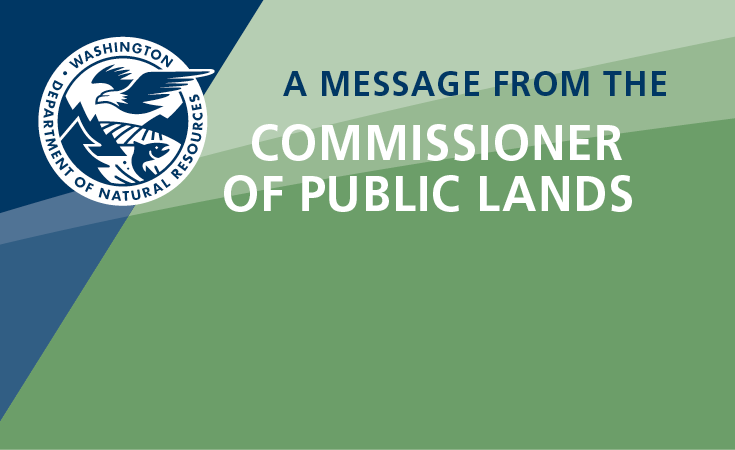
Aquifers are underground rock units that can store and transmit water. Many people in Washington depend on aquifers for their water supply. Hydrogeologic modeling uses knowledge of subsurface geology to determine how water might move through aquifers. Water resource managers use these models to help ensure an adequate, clean water supply for the populations they serve.
On this page we provide an interactive 3D visualization of a hydrogeologic model created by the U.S. Geological Survey (USGS) for the Pasco Basin in southeastern Washington. This colorful visualization provides a new perspective that is not possible with 2D maps.
Pasco Basin—Hydrogeologic Framework Modeling
Click on the map below to go to the 3D web viewer. Click the links below to download the 3D Scene Layer Packages for each of the geologic units and the boreholes. Note that you may need a high-powered computer for the best viewing experience. Note also that the Scene Layer Packages must be viewed in ArcGIS Pro, by creating a new Scene rather than a standard Map.

|
Click here to go to the 3D viewer Click these links to go to the download page for each ArcGIS layer package: Pasco Gravels |
The Pasco Basin forms parts of Grant, Adams, and Franklin Counties in the Tri-Cities area of southeastern Washington. USGS work in the Pasco area shows that water diverted from the Columbia River for irrigation purposes has raised groundwater levels locally, causing problems such as ponding in agricultural lands, septic system failures, and increased landslide potential. The USGS hydrogeologic framework model for the Pasco Basin is an important step in quantifying how irrigation has affected groundwater storage and flow in local aquifers.
The model consists of six 3D layers representing the upper extents of five sedimentary hydrogeologic rock units. Columbia River Basalt lava flows make up the bedrock in this area. These basalts are overlain by as much as several hundred feet of clay, silt, sand, and gravel of the Ringold and Hanford Formations. The visualization displays the hydrogeologic units as well as the 846 boreholes the model is based on.
The data for this model were taken from the following publication by the U.S. Geological Survey’s Water Science Center:
Heywood, C. E.; Kahle, S. C.; Olsen, T. D.; Patterson, J. D.; Burns, Erick, 2016, Simulation of Groundwater Storage Changes in the Eastern Pasco Basin, Washington: U.S. Geological Survey Scientific Investigations Report 2016–5026, 56 p., 1 plate. [https://pubs.er.usgs.gov/publication/sir20165026]


